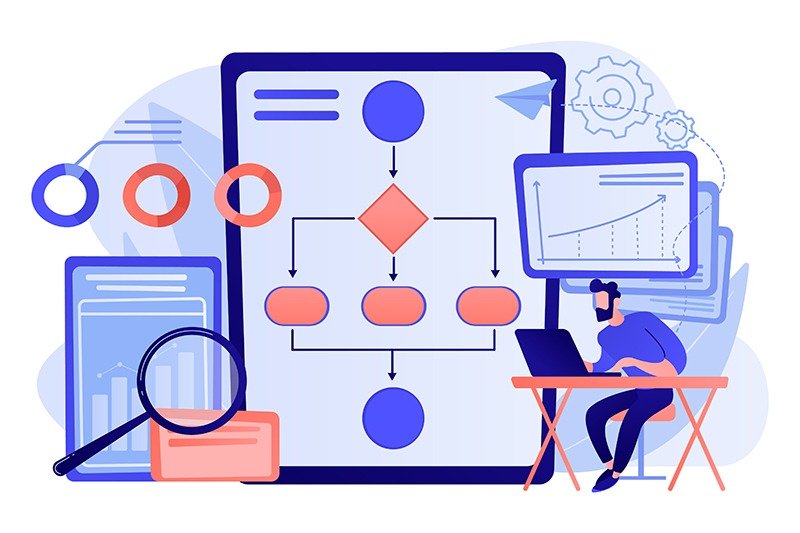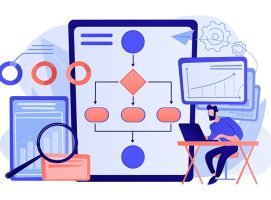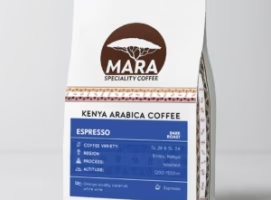Comprehensive Guide to WCAG and VPAT Accessibility Training
Creating an inclusive digital environment has become a crucial responsibility for organizations around the world. Whether you’re a developer, designer, or content strategist, understanding web accessibility is vital to ensure your digital platforms meet global accessibility standards. Concepts such as WCAG Training, Web Accessibility Course, Section 508 Training, and VPAT Compliance Testing have become essential to achieving accessibility conformance and improving user experience for everyone.
Understanding WCAG and Accessibility Standards
The Web Content Accessibility Guidelines (WCAG) are the global benchmark for web accessibility. They provide a comprehensive set of guidelines for making websites and digital content accessible to people with disabilities. WCAG Training helps professionals understand these guidelines in depth and apply them effectively to real-world projects.
A Web Accessibility Course usually covers WCAG principles, including perceivable, operable, understandable, and robust (often referred to as the POUR principles). These principles help ensure that all users, including those with visual, auditory, or motor impairments, can navigate and use digital platforms efficiently.
The Importance of Section 508 Training
In the United States, Section 508 of the Rehabilitation Act mandates that federal agencies and organizations working with them must ensure their electronic and information technology is accessible to people with disabilities. Section 508 Training provides professionals with the skills to implement these standards and maintain compliance.
Section 508 Compliance Training typically includes learning how to test websites, software, and documents for accessibility, how to use assistive technologies for validation, and how to create accessible digital assets. For businesses, compliance with Section 508 is not only a legal obligation but also a step toward inclusivity and equal access for all.
WCAG Course and Certification Benefits
Enrolling in a WCAG Course allows participants to learn both the theoretical and practical aspects of web accessibility. WCAG Certification provides professionals with a credential that demonstrates their expertise in accessibility compliance. This certification can enhance a professional’s credibility and open new opportunities in web development, UX design, and accessibility auditing.
WCAG Compliance is about adhering to the latest WCAG Guidelines, such as WCAG 2.1 and WCAG 2.2. Organizations that conduct WCAG Testing ensure their digital platforms meet these requirements. This testing process may involve both automated tools and manual evaluations using screen readers and keyboard-only navigation.
Web Accessibility Training Courses for Organizations
Comprehensive Web Accessibility Training Courses are designed to equip teams with practical knowledge about accessible design and development. These courses teach developers how to write semantic HTML, ensure color contrast, provide alternative text for images, and maintain accessible forms and navigation.
Moreover, a Web Accessibility Course focuses on testing techniques that ensure compliance with accessibility standards. Many organizations invest in such training programs to create accessible websites that meet both WCAG and Section 508 requirements.
Understanding the Voluntary Product Accessibility Template (VPAT)
The Voluntary Product Accessibility Template (VPAT) is a critical document used to evaluate how well a product or service meets accessibility requirements. It serves as the foundation for the Accessibility Conformance Report (ACR). A VPAT Report provides detailed insights into a product’s accessibility features and any areas that need improvement.
VPAT Accessibility and VPAT Compliance Testing are vital processes for organizations that want to demonstrate transparency and commitment to accessibility. By preparing an accurate VPAT Accessibility Conformance Report, companies can show clients and regulators that their products align with accessibility standards like WCAG, Section 508, EN 301 549, and others.
VPAT Template and Accessibility Conformance Report
A VPAT Template serves as a standardized form that guides how accessibility evaluations should be documented. The Voluntary Product Accessibility Template VPAT outlines the product’s compliance with specific criteria from WCAG and Section 508.
The Accessibility Conformance Report ACR is derived from the VPAT and is often shared with clients, procurement teams, and government agencies. It helps decision-makers assess whether a product meets their accessibility needs. VPAT 2.4 and VPAT 2.5 are among the latest versions of this template, incorporating updated accessibility criteria and references to newer WCAG standards.
Having a clear VPAT Template Example can help organizations understand how to create their own reports. These examples often include structured tables listing each WCAG success criterion, the level of compliance (such as supports, partially supports, or does not support), and notes explaining the evaluation results.
VPAT 2.4 and VPAT 2.5 Updates
VPAT 2.4 introduced enhancements to make the documentation process clearer and more aligned with updated accessibility requirements. It provided better guidance for describing conformance and aligning with WCAG 2.1. The VPAT 2.5 version further refines this process by integrating references to WCAG 2.2, offering a more comprehensive approach for accessibility evaluations.
These updates ensure that accessibility reporting remains consistent and globally relevant. Organizations completing VPAT 2.5 Reports demonstrate not only compliance but also a commitment to continuous improvement in accessibility.
VPAT Compliance Testing and Assessment
VPAT Compliance Testing involves evaluating digital products such as websites, mobile applications, and software to verify their accessibility features. VPAT Assessment is a structured process that measures a product’s performance against the WCAG and Section 508 criteria.
This process typically involves accessibility experts who perform both automated and manual tests to identify barriers. The findings are then compiled into a VPAT Report, which serves as a formal record of compliance. Having accurate VPAT Accessibility data helps organizations improve their products and build trust with clients and end users.
The Relationship Between WCAG and VPAT
WCAG and VPAT are closely interconnected. While WCAG defines the accessibility standards, the VPAT is a reporting tool used to measure and document compliance with those standards. Therefore, WCAG Testing and WCAG Accessibility evaluations form the foundation of a valid VPAT Assessment.
For example, when a company develops a new website, they perform WCAG Testing to identify accessibility issues. Once compliance is achieved, they use the VPAT Template to document the results in an Accessibility Conformance Report. This report can then be shared with clients as proof of accessibility compliance.
How Accessibility Conformance Reports Support Inclusion
An Accessibility Conformance Report (ACR) provides transparent documentation of a product’s accessibility features. It communicates the level of accessibility conformance in a standardized format. A well-prepared ACR promotes trust, accountability, and inclusion by allowing stakeholders to understand how accessible a product truly is.
Accessibility Conformance Reports are especially important in government and enterprise procurement processes. Buyers rely on these reports to choose products that align with accessibility requirements. As such, maintaining a complete and accurate ACR is a competitive advantage in today’s market.
Why WCAG Guidelines Matter
WCAG Guidelines are not just technical specifications—they are the foundation of an inclusive digital world. They help designers and developers understand the needs of users with disabilities and provide actionable ways to meet those needs. Adhering to WCAG Accessibility standards ensures that your website is usable for people relying on assistive technologies, such as screen readers or alternative input devices.
WCAG Certification demonstrates that an organization has invested in accessibility awareness and training. It builds brand reputation, enhances usability, and ensures compliance with international standards.
Conclusion: Building a Future of Digital Accessibility
Achieving accessibility is an ongoing journey that requires awareness, training, and continuous improvement. Through WCAG Training, Section 508 Training, and Web Accessibility Training Courses, professionals can develop the skills needed to create inclusive digital experiences.
Meanwhile, tools like the Voluntary Product Accessibility Template and Accessibility Conformance Report ensure that organizations maintain transparency and accountability. As accessibility requirements evolve, staying updated with WCAG Guidelines, VPAT 2.5, and compliance testing methods will help organizations remain inclusive, ethical, and compliant.














